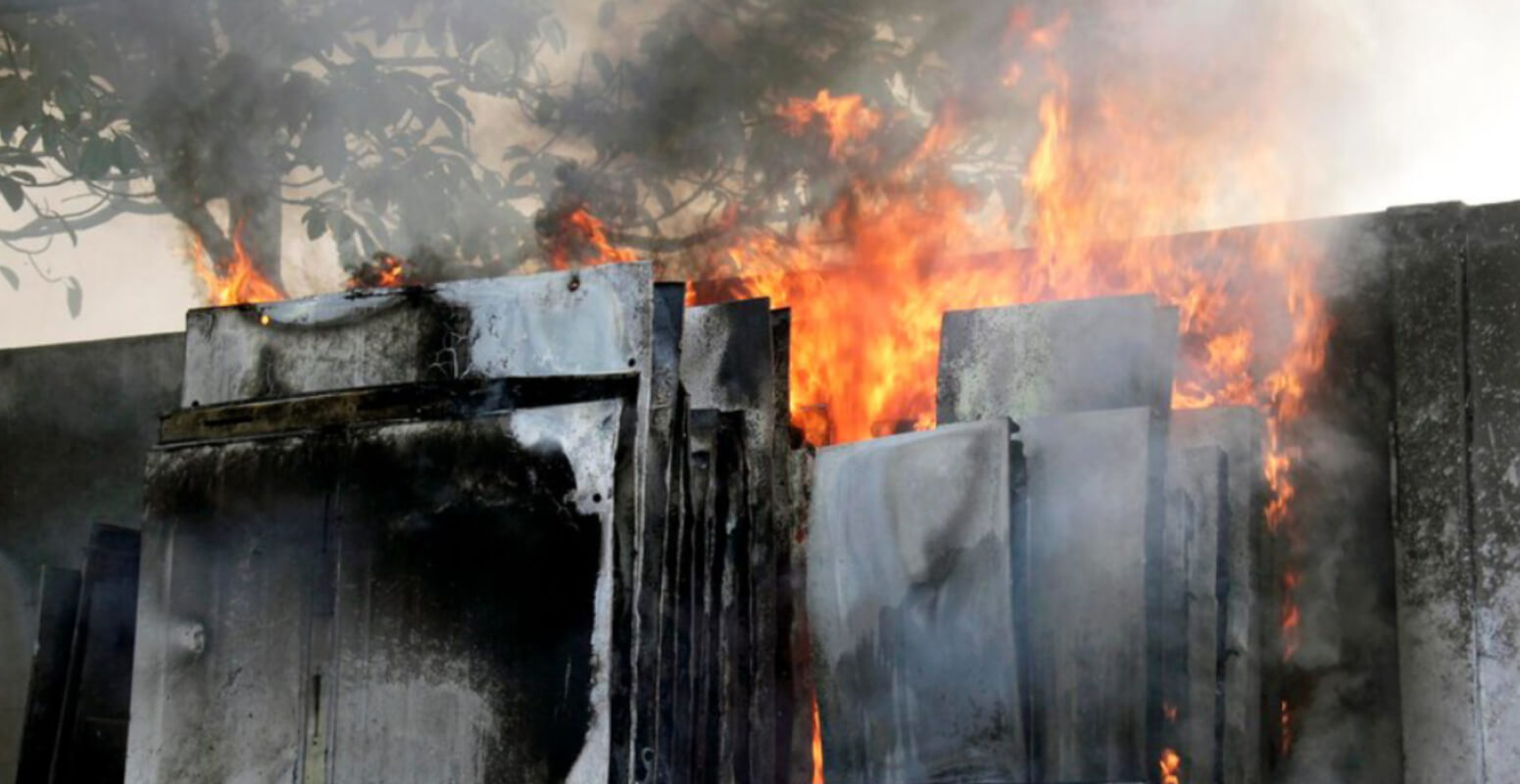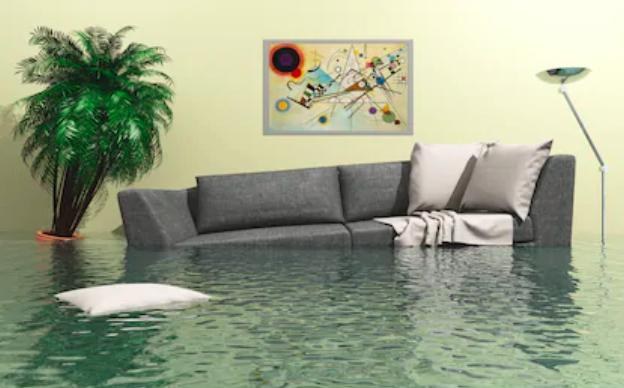Fact: Every hour that floodwater sits can increase structural damage by up to 50%.
When you unlock your front door and discover water pooling beneath your welcome mat, your heart sinks—and your home’s health is at stake. Quick action turns that sinking feeling into control. Follow these steps to get your life—and your living space—back on track.
1. Calling in the pros for water extraction & removal
As soon as you spot standing water, reach out to certified responders for industrial pumps and vacuums. DIY shop-vacs simply can’t match truck-mounted suction power. Professionals deliver rapid emergency water damage restoration, removing hundreds of gallons per minute, and mitigating long-term risks.
2. Stopping the source: from water pipe break to main water line break
Before extraction begins, technicians isolate the culprit—be it a shattered hose, broken water pipe repair backflow, or a water line break in your slab. They’ll shut off valves or reroute flow, preventing fresh supply from fueling the flood. If you’re hearing gurgles behind walls, call for a full inspection: hidden pipe leak cleanup service can avert a second disaster.
3. Tackling carpet, tile, and floor water damage
Different flooring demands different dryers. Wet carpet needs lift and pad removal; hardwood and laminate require gentle drying to prevent warping. In tiled areas, grout acts like a sponge. Technicians often resort to floor probes and infrared scans to detect trapped moisture. Early intervention avoids expensive structural restoration later.
4. Battling basement invasions: flood damage cleanup essentials
When torrential rains overwhelm your yard, water can creep through foundation cracks. After pumping out the worst, crews apply sealants on vulnerable joints and use high-capacity dehumidifiers to chase moisture from cinderblocks and framing. This comprehensive storm damage restoration approach ensures you’re ready for the next downpour.
5. Sanitizing after sewage removal & cleanup
If backups turn raw sewage into your worst nightmare, you need more than extraction. Technicians use EPA-approved antimicrobials to scrub pathogens off porous surfaces, then fog the air to neutralize lingering contaminants and odors. This step is non-negotiable for a healthy home.
6. Addressing overflow events: from toilet overflow cleanup to shower & tub overflow
Overflowing fixtures demand both water removal and source repair. Plumbers reset floated fill valves, replace cracked bowls, or clear blockages causing the cascade. Once the mess is gone, responders disinfect, dry, and monitor humidity to prevent mold—or an expensive fire damage restoration later if DIY attempts go awry.
7. Kitchen chaos: appliance leak cleanup and clogged drain overflow
A cracked dishwasher hose or neglected drip pan can flood a kitchen in minutes. When rescuers arrive, they seal the leak, vacuum up water, and use encapsulation sprays on cabinets and drywall. They’ll also snaking the drain to prevent future kitchen sink overflow or bathroom sink overflow crises.
8. Hidden hazards: burst pipe damage cleanup in walls
A wintertime freeze can turn water inside a ½-inch copper line into a pressurized missile. By the time walls bulge, water has seeped into insulation and stud cavities. Technicians cut access panels, remove saturated materials, and channel airflows precisely—avoiding unnecessary drywall demolition.
9. Coordinated airflow: optimized fan and hvac discharge line repair
Extracting pooled water is only half the battle. High-speed fans direct air across damp areas, while dehumidifiers pull moisture from the air. If your HVAC’s condensate drain has clogged—common when fungal debris accumulates—repair teams clear or replace the line to protect your AC and ensure continuous drying.
10. Smoke and fire––unexpected neighbors
Water and fire often go hand-in-hand when extinguishers or sprinkler systems activate. After the flames die, teams tackle smoke damage cleanup, wiping soot off surfaces, neutralizing odors with ozone treatments, and then completing any fire damage cleanup needed before inspecting for water intrusion.
11. Weathering the storm: storm and wind damage cleanup
High winds carpools debris into downspouts or cracks in your roof—leading to secondary water events. Restoration crews inspect vents and shingles, clear gutters, then extract any interior water. They’ll then recommend preventive fixes to guard against the next gust-driven leak.

 Get To Know Us
Get To Know Us








 We Offer Financing
We Offer Financing




